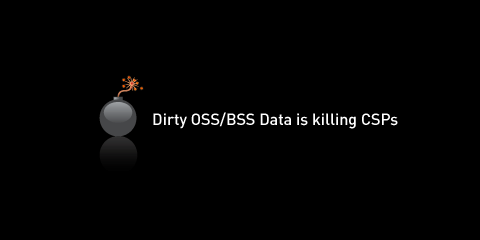|
|

article page
| 1 | 2
| 3
| 4 | areas we see open source applications existing, and even flourishing, alongside commercial products. Open source has strong offerings in: HTTP servers, Content Management, Software Configuration Management, Cloud Computing. There are competitive or at least credible players in CRM, Enterprise Documentation Management, Voice/Video Conferencing, IP-PBX, Enterprise NMS, and more. Many of these exist as part of commercial/open source hybrid offerings.
Sometimes, commercial companies build their products around an open source core, adding a proprietary layer to meet the exact requirements of their target customers (for example: IBM/Apache/Websphere, Alfresco, FUSE/Artix). In other cases, open source software provides the complete foundation for services businesses (RedHat, Sun/MySQL, OpenNMS, for example). Commercial companies further support the evolution of the open source software, which nevertheless remains open and available for all to use, so there are benefits all around. These hybrid or symbiotic models have emerged specifically to address the needs and concerns of customers, especially enterprise customers, about implementation support and maintenance, and are evidently becoming more popular.
|
|
Open source has a credible presence in many areas that are not light years away from the needs of phone companies. |
|

course, and OSSbeans, a library of Java classes for OSS/J interfaces. OSS/J and OSSbeans will be subsumed by the TMF’s open interface project (TIP). More than 1,000 members of the TMForum have joined the TIP group. Vendors and Service Providers are well represented from around the world. Just to name a few participating vendors: HP, Cisco, Juniper, Huawei, OSI, Sun Microsystems, ADVA Optical, OpenNMS, Ericsson and Alcatel Lucent. Service provider members include Bharti Airtel, Verizon, Telstra, BT, Swisscom, Telus, AsiaCell, and Deutsche Telekom. Clearly, a lot of people are tracking developments closely, and many are actively driving the Forum’s OpenOSS Catalyst project and the TIP itself. One of the most active perhaps is OpenNMS Group (a commercial company that services OpenNMS). Their open source network management product is quite widely used in enterprises, and they clearly have aspirations in the telco space as evidenced by their leading role in the TMForum programs.
|
|
|
|

Open source can (when deployed in the right way, with capable in-house resources) reduce total cost of ownership. Interested? We should be. On the face of it, we might think that an open source-driven architecture should emerge some time as a credible option for phone companies. So what are the chances that open source software will play a role in the highly specialist area of telecom OSS/BSS?
What We Have to Work With
Today there are not many carrier-grade OSS/BSS products in the telco industry. The contributing community is not yet large, and actual products are few. There’s OSS/J, of
|
|

Depending on your perspective, this still modest amount of open source activity can be perceived as the start of something big… or as an exploratory effort that’s not going far.
To answer the question about the relevance of open source in telecom support systems, we need to look for two things: clear business advantage for the participants (which drives the expansion of a user community), and the availability of motivated expert developers (which drives the expansion of a development community).
article page
| 1 | 2
| 3 | 4 |
|
|
|





